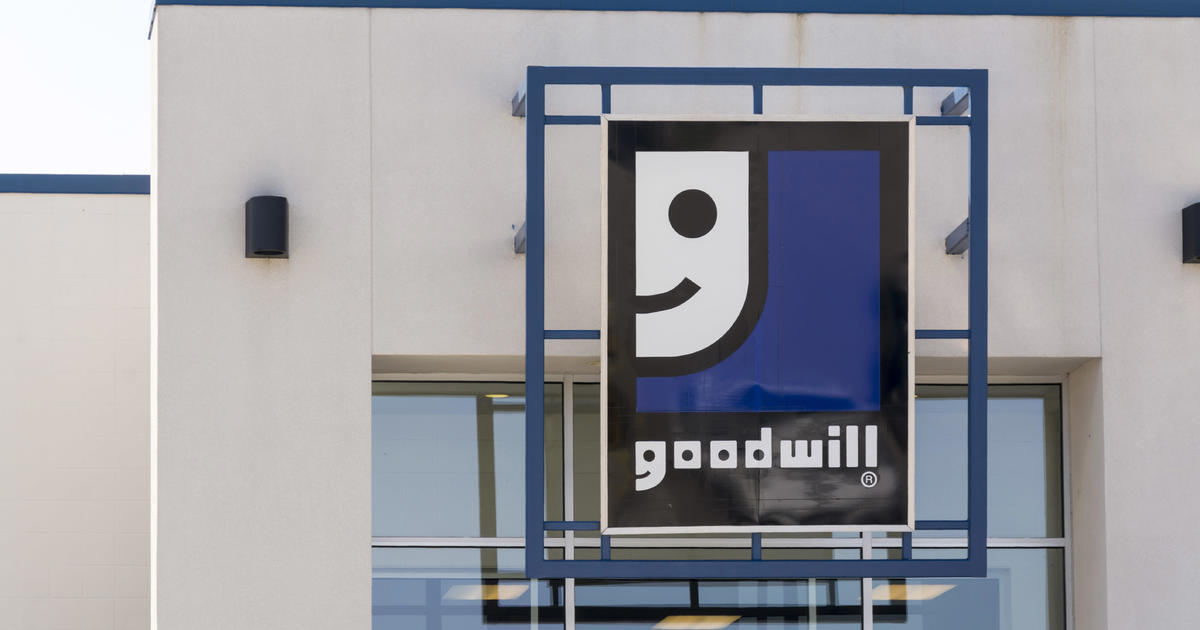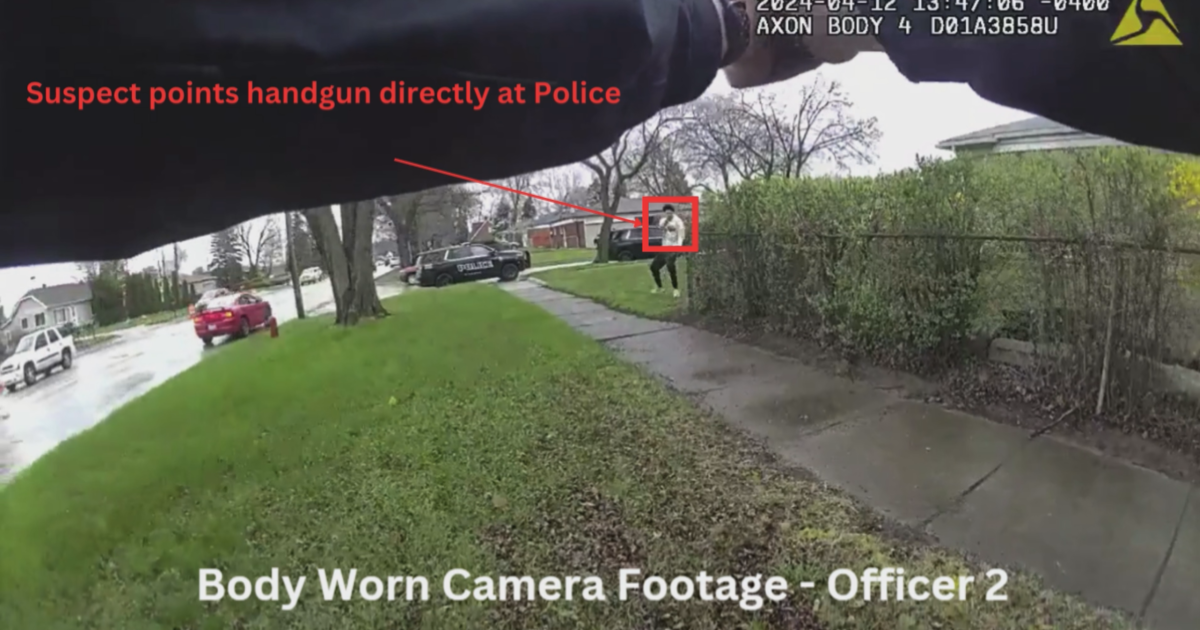CES Day Four: Innovation On Parade
How could I possibly top three straight 18-hour days prowling the International Consumer Electronics Show?
Easy, With a fourth 18-hour day that as usual held so much fascinating stuff that you don't realize you're tired until it's over.
The day began with a Consumer Electronics Association "power panel" on innovation featuring Ford Motor Co. CEO Alan Mullaly, Xerox Corp. Ursula Burns and John Stratton, Verizon executive vice president, in charge of the telecom's enterprise solutions business.
Basically, they said that corporate survival these days requires a dedicated, consistent commitment to innovation -- and that requires both a hefty budget and a tolerance for the noble failure.
Mulally said that required Ford to borrow more than $23 billion a few years ago.
And Burns said that as a CEO, not to mention as a spouse and parent, "I screw up. Every day. Those are called mistakes, not failures. It's life."
Innovation also requires flexibility, Stratton said, pointing out that three quarters of Verizon's revenue are in businesses that "didn't exist or barely existed" when the company was founded 12 years ago. He also said that Verizon has realized that it can't innovate everything it needs in house, and is allowing outsiders to innovate on its behalf.
Mulally said that turning Ford around required getting workers to think both long term -- at least five to 10 years out -- and of the bigger picture. He recalled a 1925 Ford ad that called the company's purpose "opening the highways to all mankind." That obviously goes well beyond each worker making sure the gears are turning properly that shift.
Burns said such inspiration is key to being an effective CEO.
"When you're CEO one of the things you do is figure out what it is that you actually do," she said. "You could sit in your office all day and do paperwork... Or you can go out and sell, not just to customers, but to employees, that this is a wonderful place to work, and we want them to be passionately interested in what they do."
Burns, when asked what public policy could help innovation, said science, technology, engineering and math education simply must improve. She said she'd like to stomp out youth dreams of becoming a sports star -- which simply aren't realistic or probable -- and replace them with dreams of becoming a productive, $80,000-a-year scientist or engineer, a goal within reach of masses of youth.
Mulally said America is "fighting for its soul," and complained that in "manufacturing, we have almost decided not to be competitive." Specifically, he called for currency rates "set by markets, not manipulation." And he said that given a fair shot, American workers and products can compete with anyone -- the new Ford Explorer, for example, built in Chicago, and being exported to 93 countries.
(Unsolicited opinion dept.: Stratton, unfortunately, indulged in some depressingly common CEO-class whining about uncertainties in the U.S. tax and regulatory climate. Oh, please. Stop whining, get out there and kill us with uber- cool technology, and the tax and regulatory climates will take care of themselves.)
------------
After the panel, I swung by the big North Hall booth of Powerbag and my pal Gregg Hirschhorn, who led me through yet another company established by the Homedics empire of CEO Ron Ferber, which employs about 300 people at its headquarters just off Pontiac Trail in Commerce Township.
These are very cool briefcases and backpacks with built-in batteries and universal chargers. Yes, that's right, you can now carry tons of backup power for all your smartphones, tablets and other tech goodies.
Hirschhorn said Ferber and Homedics product developers travel to China constantly. And they said they wanted a bag that powered their devices -- but there wasn't one, so they built one.
Powerbag also includes the myCharge portable charger line, which ranges from $30 to $100. Some plug into the wall, some charge through the USB port of your computer. All provide portable power on the go.
Hirschhorn said Powerbag is here to demonstrate current and new models to customers like Office Max, Best Buy, Fry's and Kohl's.
Seriously, this is cool stuff. Or as Hirschhorn put it: "People don't realize there is still innovation going on in Detroit, outside the car companies."
------------
Then it was a pop into the big tent of Delphi Corp., which is demonstrating a wide range of vehicle technologies, from wireless charging to navigation.
Delphi's Bob Fust gave me the lowdown on Delphi's wireless charging, which uses advanced magnetic resonance, which lets devices be a few inches farther away from a charging spot and still charge than does competing technology.
Delphi has also developed a foam pad with an embedded coil to expand the charging zone to areas of the car where it's difficult or expensive to put wiring -- the backs of seats, for instance.
When will we see these chargers in vehicles? Fust said Delphi is working with automakers on it right now and estimates about 2014.
Then I saw a real technological tour de force, a 2011 Volvo SC60 crossover embedded with Delphi connectivity systems.
Delphi's Jugal K. Vijayvargiya said consumers are adamant about wanting connectivity in the car, despite whatever government authorities in the United States, Europe and Asia may say about distracted driving. So it's up to companies like Delphi to do whatever it can to provide that connectivity in ways that minimize distracted driving.
In the vehicle, a 20-inch computer screen tipped vertical replaces the center console. Two slightly smaller horizontal screens are stacked where the speedometer and other gauges might normally go.
This car talks to the cloud, doing everything from importing favorite Web radio stations from a smartphone to pulling in geographic data.
The concept allows a lot more technology into the car in "low driver demand" environments -- slower speeds and lighter traffic. In those cases, it will read a text message to you and invite you to respond. But in heavy traffic or bad weather, the car will simply alert you that a message has been received.
The concept car also measures where your eyes are directed, sounding an alarm if your eyes are off the road too long, and dimming dashboard screens that might be creating the distraction.
Overall, some very cool features that I really would like to see in my 2015 whatever-I-buy-then.



